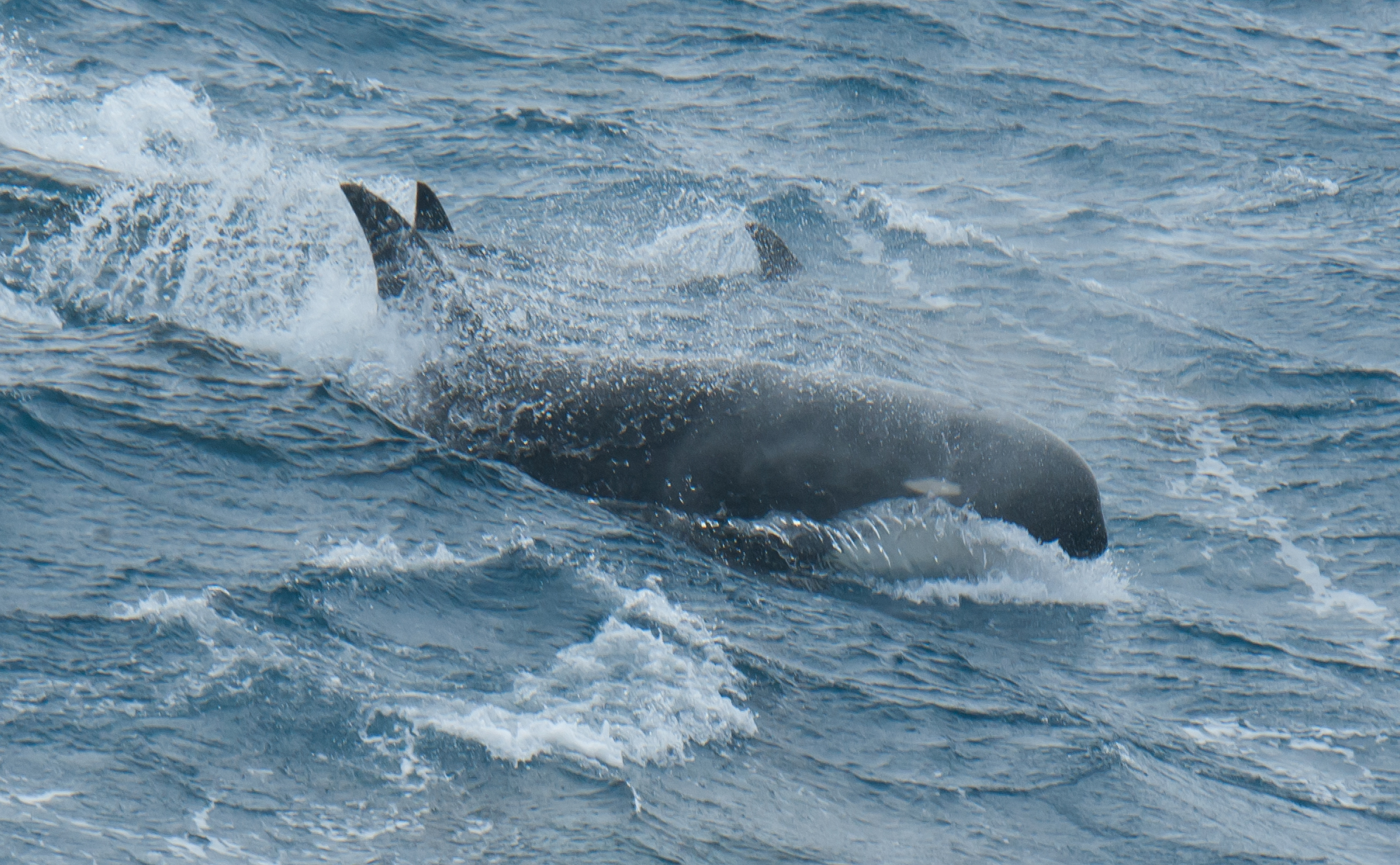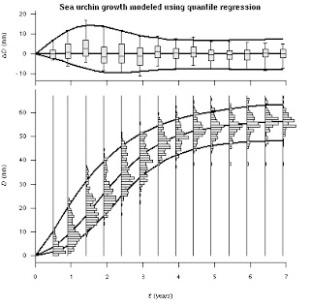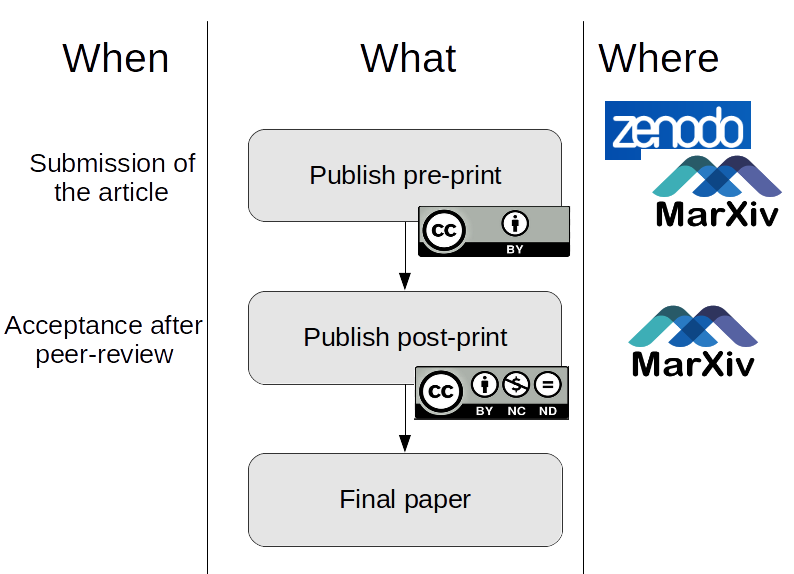
On May 13, 1955, 17 killer whales washed up on Paraparaumu Beach, New Zealand. The stranding attracted extra attention because of the whales’ strange appearances. Instead of the sleek, streamlined bodies of typical killer whales, these ones had large bulbous foreheads, almost like a pilot whale, and where killer whales generally display large, white eye-patches, these stranded whales had tiny post-ocular eye markings.
For almost 50 years this kind of killer whale was not seen again and therefore considered a genetic anomaly.

All the orcas of the world are currently still grouped together as one species under the scientific name Orcinus orca and could be considered abundant in the planet’s oceans. A few years ago, this led to a request to delist the southern resident orcas of the Salish Sea as “there were plenty of orcas elsewhere”. Luckily this attempt failed, partly based on what scientists have known for a…

![FTlogoblack[1] CLEAR](https://lachlanfetterplace.files.wordpress.com/2013/11/ftlogoblack1-clear.png?w=300&h=254)





